I wrote an article about hairlines and how they evolve. The word “Evolve” suggests that there is a starting point, so when women find that their hairline recedes, similar to some balding men, they are alarmed. This was the case in the first patients shown below, whose hairline had some hairline recession laterally and superiorly. She lost the lateral sides of the hairline, which resulted in losing her original concave shape. She asked me to restore her female hairline, which I did, as shown in the first set of photos below. The hairline was substantially missing in the second woman’s sides and the 1cm of the frontal hairline. In this woman, she wanted to keep the shape of the thinning hairline, which had a subtle temple peak. The third woman had a loss of the temple mounds and some frontal recession, which were addressed. I want to bring to your attention all three hairlines. They are not created by connecting the dots. Each patient had a transition zone created in front of the thicker hairline to allow for a transition zone from the forehead to thicker hair. For women and men, all hairlines should have a transition zone created to make it undetectable as a hair transplant.
Below is a schematic drawing of the various hairlines (taken from one of my publications). The female hairline (I often refer to this as the juvenile hairline) is clearly recognizable by its concave shape. Boys and girls aged 5 or 6 have this hairline, but as they grow, the hairline changes. Many fortunate women keep this concave hairline into adulthood. The classic female hairline has no temple peaks. Temple peaks signify a change from the original juvenile hairline, as shown in both the Intermediate and Mature male hairlines in the graphic. Also, classic female hairlines have no widows’ peak, which signifies that the hairline has moved upward into the Intermediate Hairline position. From a genetic point of view, the entire hairline behind the Mature Male Hairline shown in the graphics has significantly different genetics than the hairline I refer to as the adult mature hairline. The Norwood classification of balding impacts the hair behind the line, which I refer to as a mature male hairline. I have seen men develop an advanced state of balding and retain much of their juvenile hairline. I even remember seeing a patient with a comb-back that was so good that I couldn’t see his Class 7 balding pattern until he flipped it forward. By the way, he kept his temple peaks, a common finding in men with very advanced balding, suggesting that the temple peaks have a different genetic code than most of the hair on the head.
I gave this woman two choices, both acceptable to me. She chose the lower hairline because she wanted a lower hairline to reduce the size of her forehead. See the 3-year photos below.
Transplanted female concave hairline with no temple or widows’ peak, performed 3 years ago.
The shape is different from above because that is the shape she wanted.
Again, the loss of the temple mounds and some hairline loss were repaired with no temple peaks. A second set of three photos allows a close visualization of the detailed results.

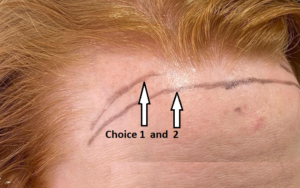
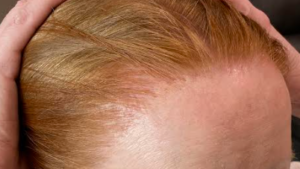
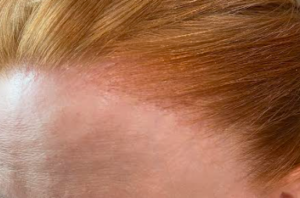



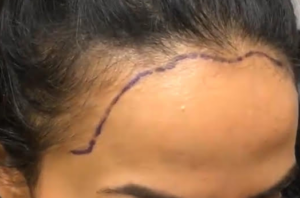
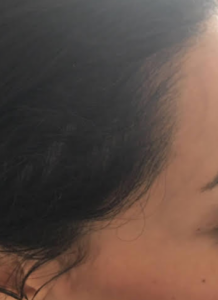
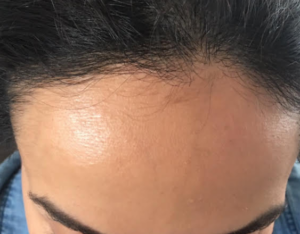
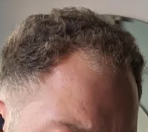
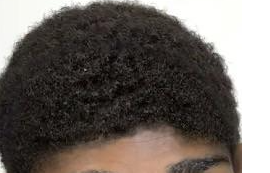
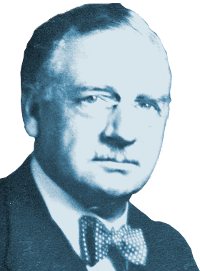 In 1903 Otto Loewi had the thought that nerve signals were possibly transmitted using chemical instructions. He could not think of how he could prove his new idea.
In 1903 Otto Loewi had the thought that nerve signals were possibly transmitted using chemical instructions. He could not think of how he could prove his new idea.